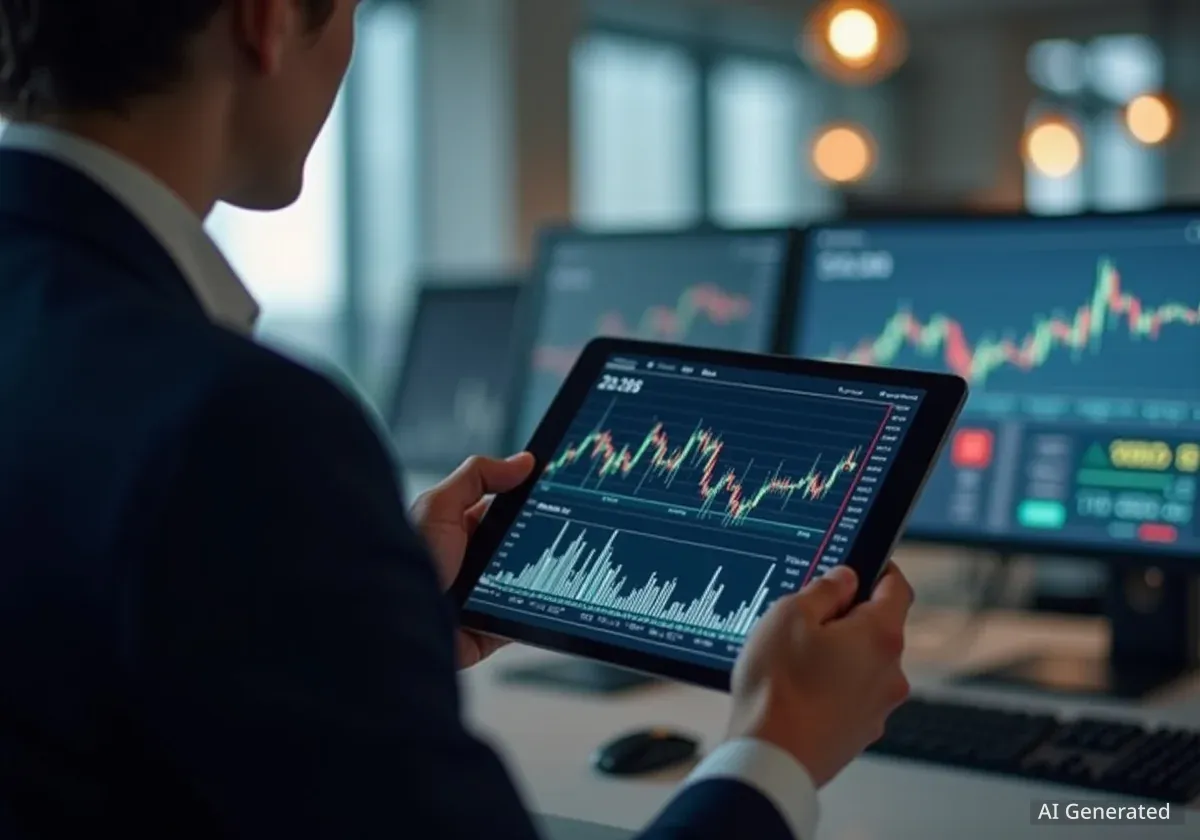Accessing high-quality financial journalism has become essential for many professionals and informed citizens. Digital subscriptions offer a flexible way to stay updated on global economic trends and expert analysis. These services provide comprehensive coverage, allowing readers to engage with content on various devices.
Key Takeaways
- Digital subscriptions provide access to financial news and analysis.
- Pricing structures vary, including monthly and annual options.
- Users can often cancel or change plans during trial periods.
- Institutional access may be available through universities or organizations.
The Value of Digital Financial News
In today's fast-paced world, staying informed about economic developments is critical. Digital access to financial journalism ensures that readers receive timely updates and in-depth analysis. This type of content goes beyond basic headlines, offering expert perspectives from industry leaders.
Many individuals rely on this information for investment decisions, business strategy, or simply to understand the broader economic landscape. The convenience of digital platforms means this vital information is available at any time, from almost any location.
Did You Know?
Over a million readers currently pay for digital access to leading financial publications, highlighting the demand for specialized economic insights.
Subscription Models and Flexibility
Providers of digital financial journalism typically offer a range of subscription plans. These often include both monthly and annual payment options, designed to suit different user preferences and budgets. For example, a monthly plan might cost around Rs4335, while an annual commitment could offer significant savings.
The flexibility of these plans is a key feature. Many services allow users to cancel or modify their subscription during an initial trial period. This gives new subscribers the opportunity to evaluate the content and platform before committing long-term.
"Complete digital access to quality FT journalism with expert analysis from industry leaders provides unparalleled insight into global markets."
Cost-Saving Opportunities
Subscribers can often find ways to reduce their costs. Paying for a year upfront, for instance, can lead to savings of up to 20% compared to monthly payments. These savings make premium content more accessible to a wider audience.
Additionally, some individuals may already have access through their affiliations. Universities, colleges, and various organizations frequently provide institutional subscriptions to their members. It is always advisable to check for such existing access before purchasing a personal plan.
Institutional Access
Many educational institutions and corporations subscribe to leading financial news services, offering their students and employees full digital access as part of their benefits. This broadens the reach of specialized journalism.
Features of Digital Editions
Digital editions of financial publications are designed to replicate the experience of reading a physical newspaper while adding the benefits of digital technology. This means users can typically view the day's publication, cover to cover, on any device—be it a smartphone, tablet, or desktop computer.
Beyond the core content, digital access often includes exclusive features and additional content not available elsewhere. This can encompass special reports, interactive data visualizations, and podcasts with expert commentary. The goal is to provide a rich and comprehensive news experience.
- Multi-Device Compatibility: Read on phone, tablet, or computer.
- Exclusive Content: Access features and analysis unique to digital subscribers.
- Expert Analysis: Benefit from insights from leading economists and journalists.
- Cancellation Flexibility: Change or cancel plans during trial periods.
Why Readers Pay for Quality Journalism
The willingness of over a million readers to pay for financial news underscores the perceived value of quality journalism. In an age of information overload, reliable, well-researched, and expertly analyzed content stands out.
These publications invest heavily in investigative reporting, data analysis, and journalistic integrity. This commitment to quality ensures that subscribers receive accurate and actionable information, which is crucial for navigating complex financial markets and understanding global events. The trust placed in these sources is a testament to their consistent delivery of valuable insights.
The Impact on Decision-Making
For business leaders, investors, and policymakers, access to such detailed information can directly influence strategic decisions. Understanding market sentiment, regulatory changes, and economic forecasts from credible sources helps in making informed choices. This impact is a primary reason why digital access to financial journalism remains a critical resource.
The ability to access this information quickly and efficiently, without geographical limitations, has transformed how professionals stay informed. It allows for a more proactive approach to economic challenges and opportunities.


